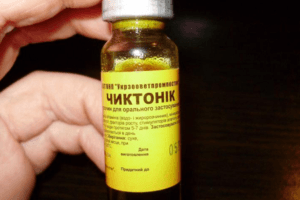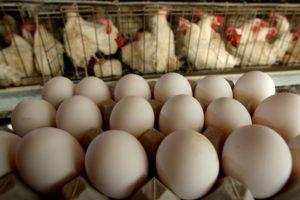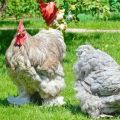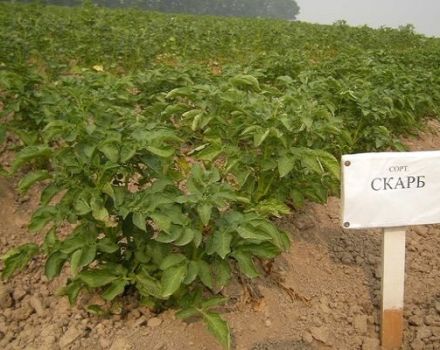What determines the body temperature of chickens and its norm
Body temperature is an important indicator for a chicken, which affects its vital functions. An inactive bird will not bring any benefit to the farm, so at the first sign of a change in temperature, you should immediately take appropriate measures.
What determines the temperature
In every living organism, the temperature directly depends on internal physiological processes, the speed and optimality of the course of metabolism. The metabolic rate is directly proportional to the release of heat energy during the breakdown of substances.
Also, the environmental conditions affect body temperature, since the body constantly exchanges energy with it. Excessive cold and unbearable heat can negatively affect the life of chickens and lead to various negative consequences.
How to measure a chicken's temperature?
You can measure the temperature of poultry using a conventional medical thermometer. Initially, grease the tip of the thermometer with a moisturizer or petroleum jelly so as not to injure the chicken and not harm it in the process, and then gently insert the device into the cloacal opening of the hen, while holding it firmly.
For data accuracy, repeat the procedure throughout the day, and then calculate the average statistical indicator.
Important! It is more convenient to use an electric thermometer, as it shows results faster and is safer to use.
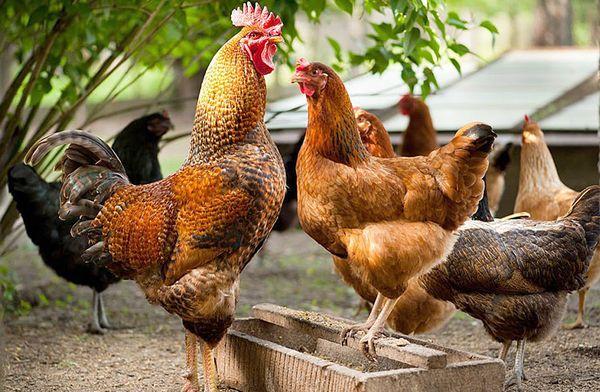
Temperature norm in chickens
The normal indicator for a chicken should be 40-42 degrees. Any deviations can signal serious problems.
When hatching, the temperature of the hen is of great importance, since eggs will develop well only if there is a programmed rate. Many experts point out in literary sources that the body temperature of the slab should increase, but their opinion is wrong. In the first week, it varies from 38 to 39 degrees, and on the following days it gradually rises to 40.
In chickens, the temperature parameters are slightly lower than in an adult. After hatching, they are not able to maintain this indicator on their own, therefore they need heating.
With illness
Chickens are susceptible to a variety of diseases. The most common diseases: avian flu, bronchitis, paralysis, atypical plague. The first noticeable signs of almost all infections include the following symptoms:
- lethargy when moving;
- lack of appetite;
- the manifestation of mucus on the eyes and beak;
- diarrhea.
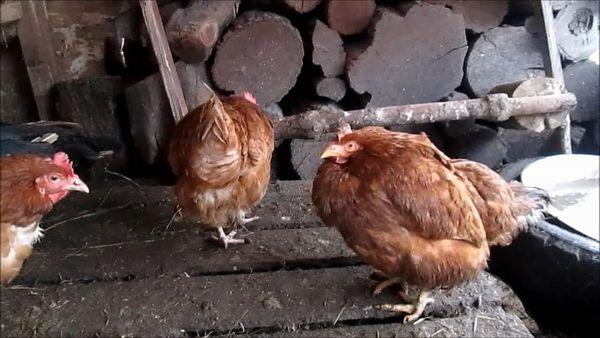
Diseases can be diagnosed in a more modern way by using a medical thermometer. If you monitor and analyze the external signs of the disease, you can accurately determine the disease.
Hypothermia and hypothermia in chickens
An increase or decrease in body temperature in a chicken by 0.5 degrees indicates a problem that requires an immediate solution.
Other reasons for the rise or fall in temperature
In addition to the variant with the disease, there may be numerous other reasons for the change in the indicator, which should also not be ignored.
Exhaustion and stressful situations
Poultry is accustomed to sticking to the schedule and does not welcome any deviations from the daily routine. A low temperature is typical for an emaciated chicken that does not feel full after eating or does not receive feed on time. The symptoms of exhaustion are:
- lack of activity;
- loss of feathers;
- a small number of eggs.
Also, thermoregulation is disturbed due to a stressful state, which often occurs as a result of an attack by a predator, in the process of moving a bird to another collective or to a new area, changing the diet and schedule.
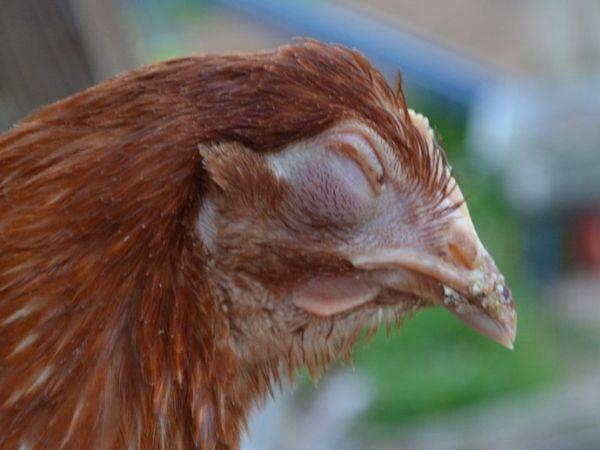
Cold
Hypothermia often occurs in chicks.
From the first days of life, you need to create comfortable conditions by placing them in a dry place with a temperature of 29-30 degrees.
In winter, keep poultry warm, where it is more than 5 degrees. In case of high humidity levels, the risk of hypothermia increases. Among the main symptoms of hypothermia are the following:
- trembling, lethargy;
- lack of appetite;
- discharge of mucus from the nostrils;
- shortness of breath;
- frostbite of the comb.
This cause can be easily eliminated with the help of proper care and the creation of optimal conditions for life in the chicken coop.
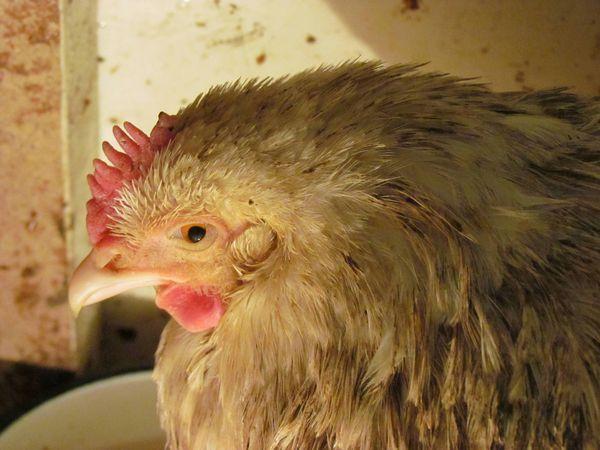
Heat
If the coop is more than 30 degrees, the bird becomes hot and uncomfortable. Overheating is indicated by the following signs:
- open beak;
- weakness;
- lethargy;
- lack of appetite;
- rapid breathing;
- half-spread wings.
Due to the physiological characteristics and the absence of sweat glands in the process of exchange in poultry, cooling of the body is not caused.
Important! Elevated ambient temperatures can cause heatstroke and death of the bird.
Helping chickens at high and low temperatures
Before taking appropriate action, you need to identify the exact cause of changes in the chicken's metabolism. If stress is the root cause of the ailment, eliminate all sources of stress.
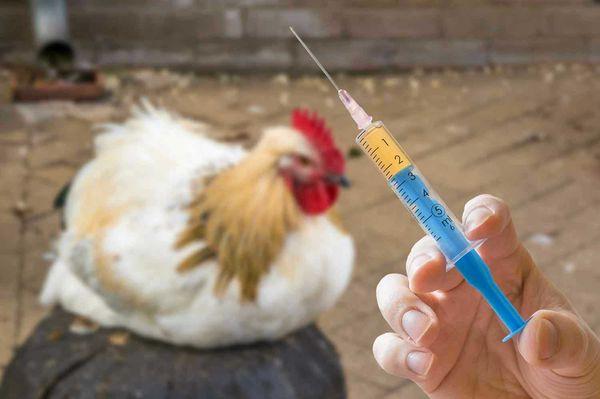
When the indicator on the thermometer exceeds the norm due to overheating in chickens, it is worth:
- Install a blower or a special cooling system in the chicken coop.
- Equip the poultry house with additional drinkers, since chickens' fluid intake increases up to 8 times a day. Combine water with a solution of micronutrients.
- Feed during a period of the day when poultry is less exposed to direct sunlight, early morning or late evening. To increase the energy value of the feed under such conditions.
In case of hypothermia, the problem should be solved depending on the severity of hypothermia. All activities should be aimed at intensive warming of the bird:
- a large amount of warm drinks;
- lubrication of integuments with fat;
- place in a warm, dry place.
If all of the above activities did not lead to a positive result, and the indicator remained the same or continues to rapidly decrease or increase, then you should immediately contact your veterinarian.
